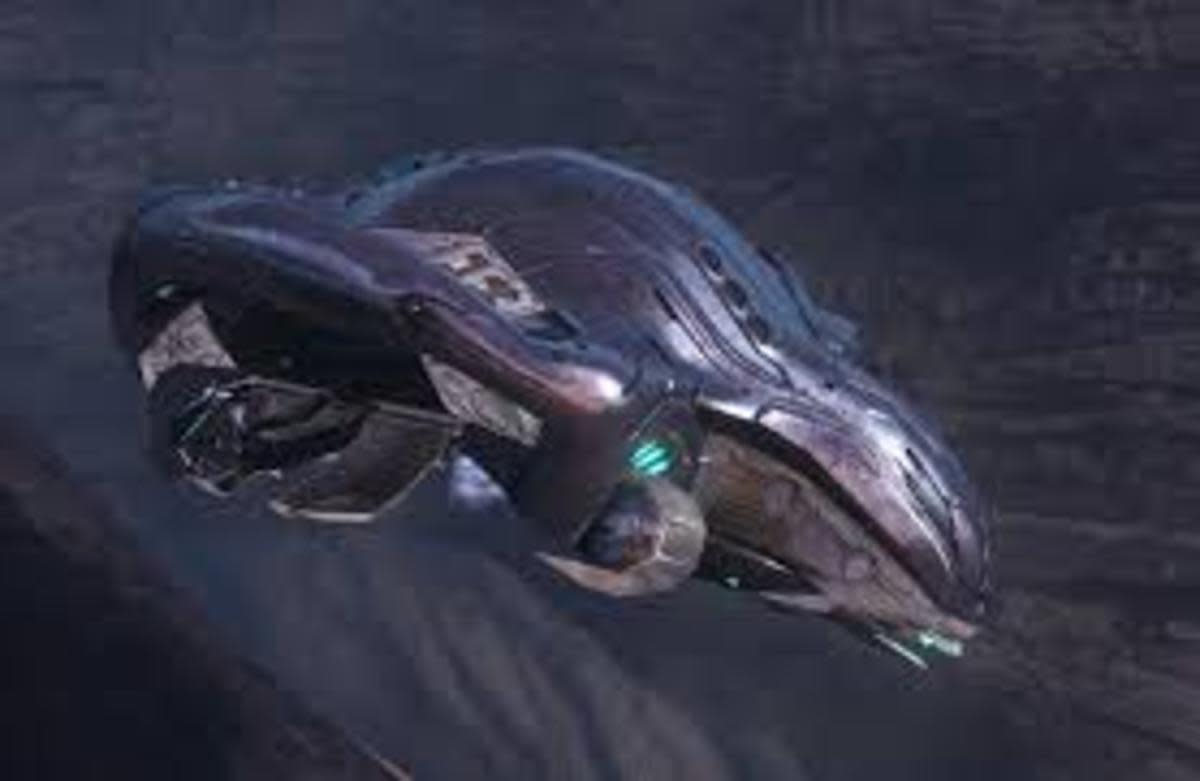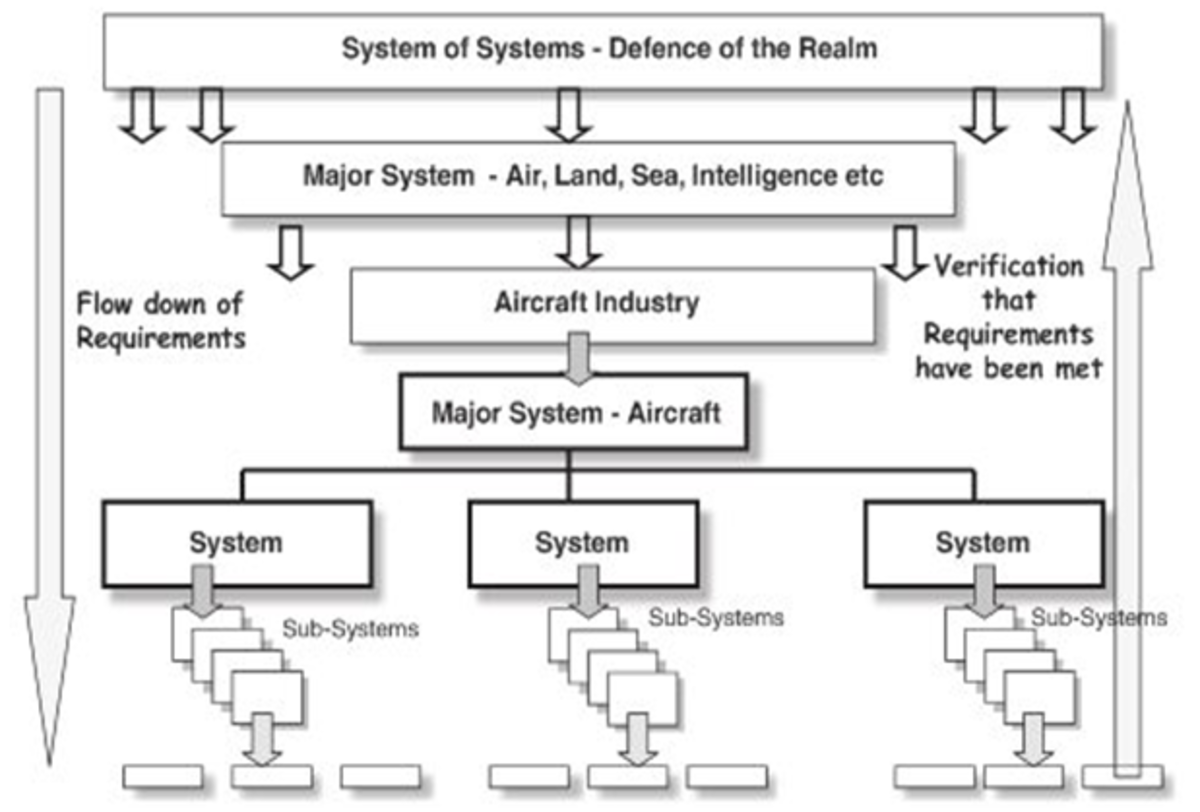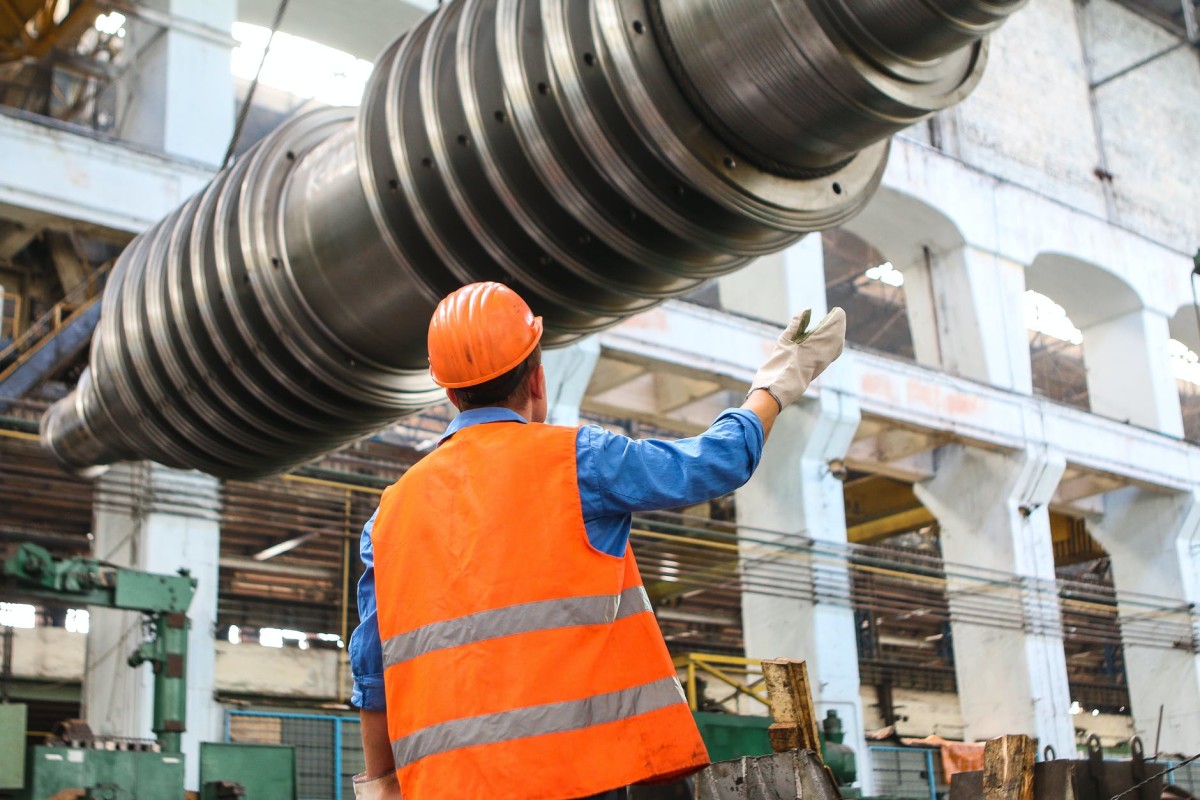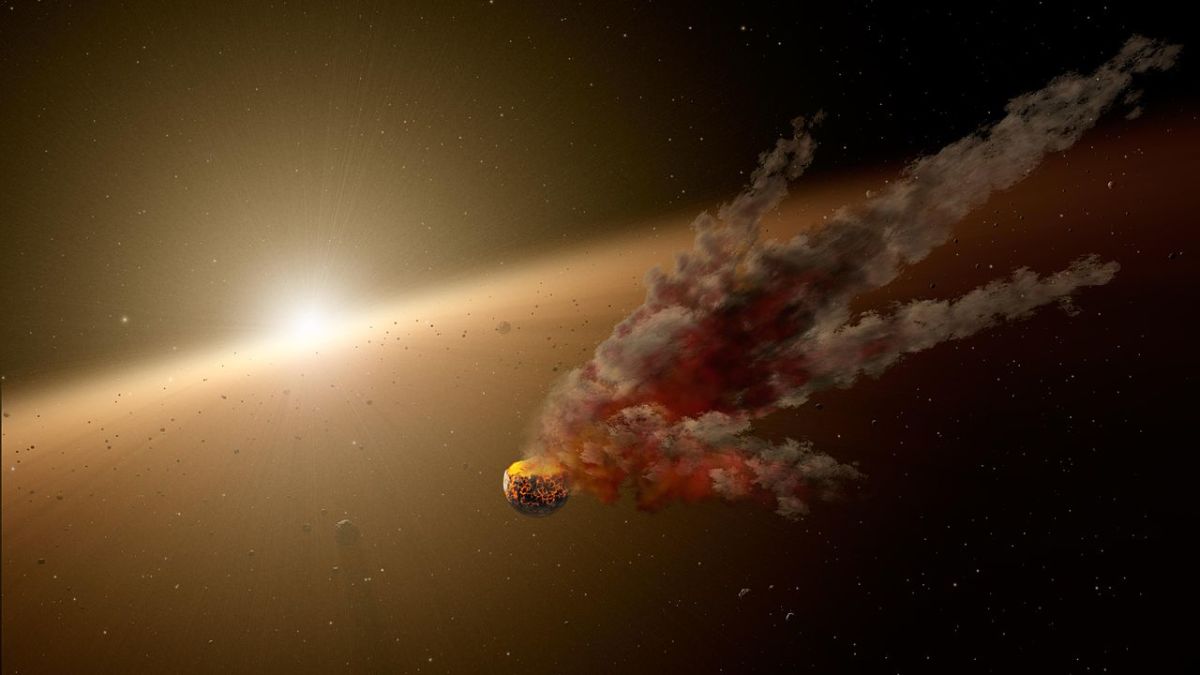Aerospace Engineering
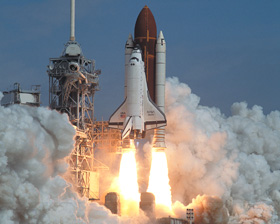
Aerospace engineering is the one of the primary branch of engineering field which can us study about the outer space of earth atmosphere and solicitous with the research, design, development, construction, testing, science and technology of aircraft and spacecraft. It is divided into two main branches. They are:
- Aeronautics
- Astronautics
Aeronautics is the branch of aerospace engineering which deals with aircrafts that can us operate in the earth atmosphere only.
Astronautics is the branch of aerospace engineering which deals with spacecraft that can us operate outside the earth atmosphere (space).
Aerospace engineering field covers their aerodynamic characteristics and behaviors, airfoil, control surfaces, lift, drag and other properties.
The term ‘Aerospace engineering’ derived from the ‘Aeronautical engineering’ because the flight technology advanced to include craft operating in outer space of earth atmosphere. Actually the aerospace engineering branch is particularly known as astronautics branch, is often to refer the rocket science usually.
Topics which covers the Aerospace Engineering Field:
The following are topics which are covered the aerospace engineering branch.They are:
- Solid mechanics
- Aeroelasticity
- Avionics
- Software
- Risk and Reliability
- Noise control
- Aeroacoustics
- Flight test
- Fluid mechanics
- Astrodynamics
- Statics and Dynamics
- Mathematics
- Electro technology
- Propulsion
- Control Engineering
- Aircraft structures
- Material Science
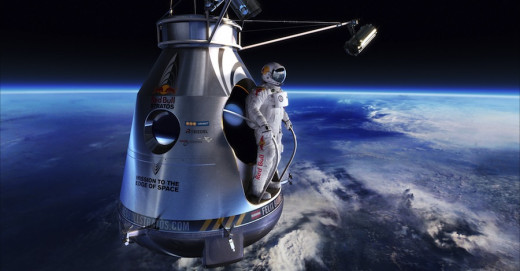
Fluid Mechanics:
Fluid Mechanics is the sub-topic of Engineering Mechanics which can us studies the fluid flow around objects. Specifically aerodynamics regarding the flow of air over the bodies or through the objects of flight.
Astrodynamics:
Astrodynamics is the study of orbital mechanics which to confine within the prediction of orbital elements in outer space of earth’s atmosphere.
Statics and Dynamics:
Statics and Dynamics is the sub-topics of solid mechanics which can us studies the moments, forces, moments in mechanical systems and others.
Mathematics:
Mathematics is the study of Calculations. In aerospace engineering, mathematics subject covers in particular, calculus, differential equations and linear Calculations.
Electrotechnology:
Electrotechnology is the study of electronics within engineering.
Propulsion:
Propulsion is the study of moving a vehicle through the air (or outer space) by providing the IC engines, Jet engines, tubromachinary, rockets and other for giving energy to the vehicle which is to move.
Control Engineering:
Control engineering is the study of dynamic mathematical modelling of behaviour system and designing of systems. This applied to the dynamic behaviour of space vehicles which can us travelled into outer space of earth’s atmosphere.
Aircraft Structures:
Aircraft Structures is the study of designing of craft withstand to the forces during the flying of flight. Aerospace engineering aims subject to design the lightweight vehicles.
Material Science:
Material science is the study of materials with their properties. These subjected or topic is related to aircraft structures because of which material can be used to build aircraft for good conditions.
Solid mechanics:
Solid mechanics is the sub-topic of engineering mechanics which deals with stress and strain of solids. And it is closely related to material science.
Aero elasticity:
Aero elasticity is the study of interaction between the aerodynamic forces and structural flexibility, causing flutter, divergence, etc
Avionics:
Avionics is the study of design and programming of computer systems in aircraft and spacecraft and also to be simulation of systems.
Software:
Software is to be learnt for the design, development, flight-test, ground control software’s, and creating aerospace applications... etc
Risk and Reliability:
Risk and Reliability is the study of given assement techniques of Risk and Reliability and mathematics during travelling into space.
Noise control:
Noise control is the study of the mechanics of sound transfer in spacecraft or aircraft.
Aeroacoustics:
Aero acoustics is the study of noise generation via interaction with surfaces of aerodynamics in spacecraft or aircraft.
Flight-test:
Flight-test is the study of testing the designing and executing flight test programs.
Availability of Aerospace Engineering course at Education level:
In many universities, Aerospace Engineering may be studied in the diploma, bachelor’s, master’s, and PhD levels. Separately courses available to study the aeronautics and astronautics in some intuitions at entire world.Some of the departments are specially focused on astronautical engineering. Duration of course is 3 years in diploma, 4 years in bachelor's, 2 years in master's and 3 years in PhD.

